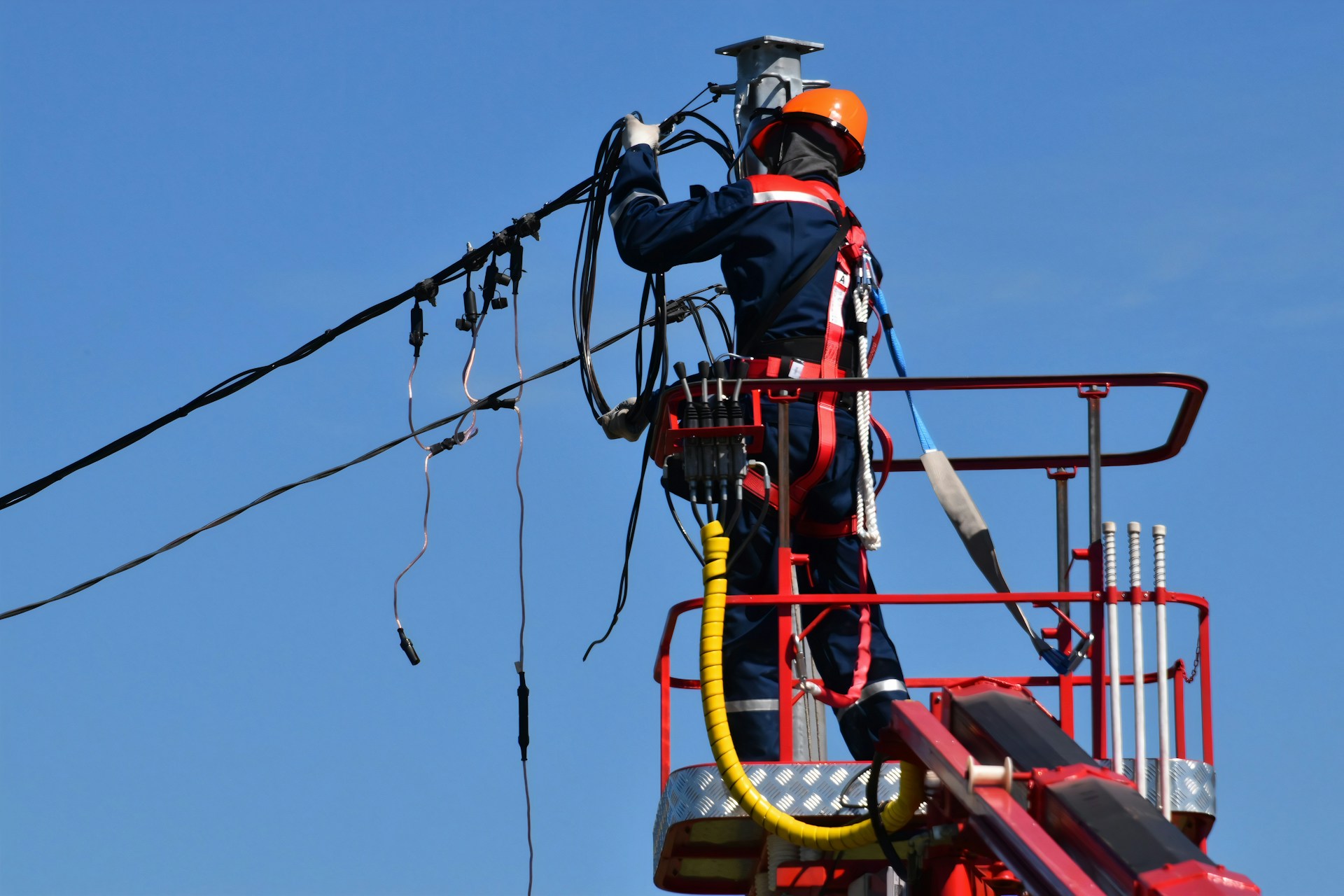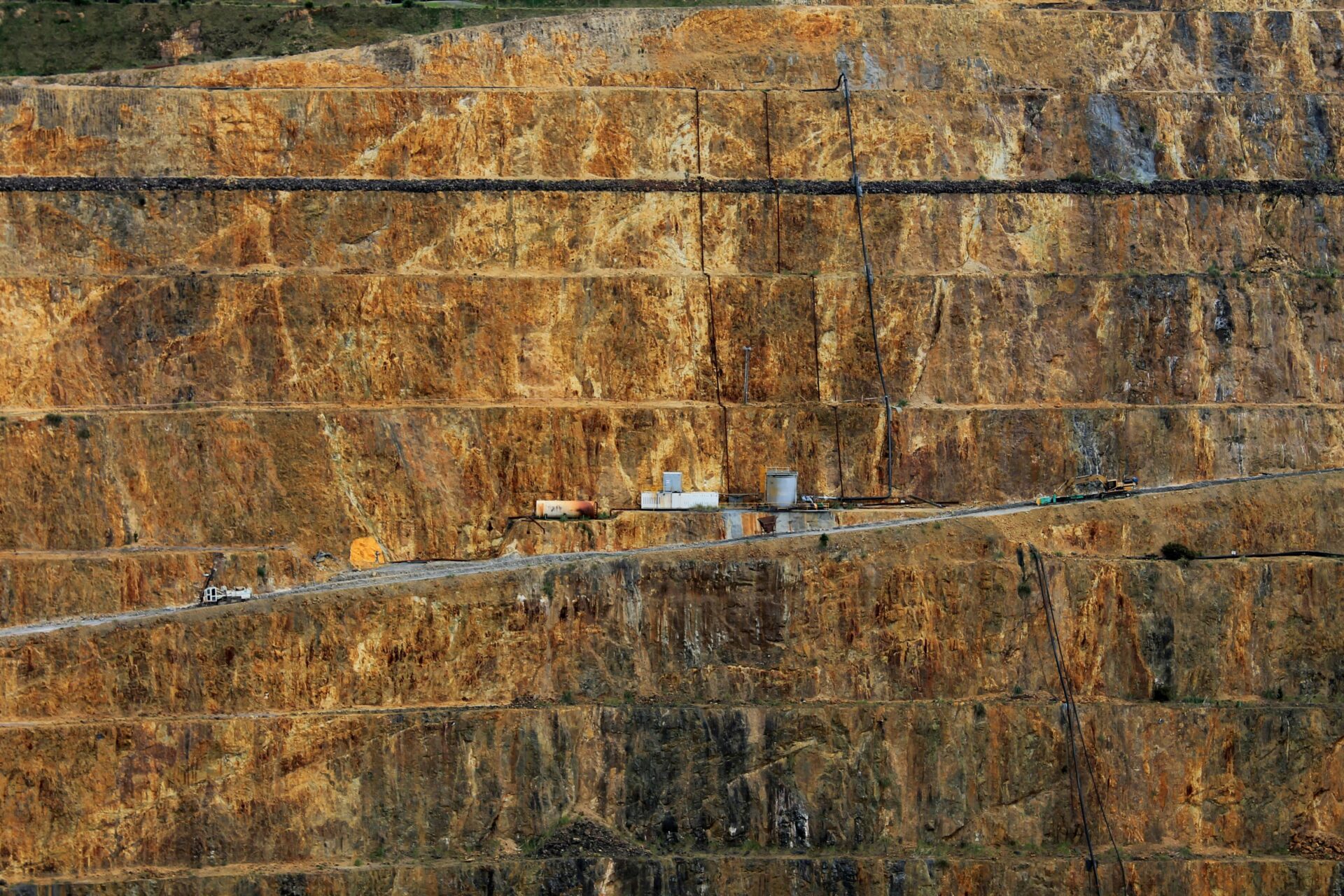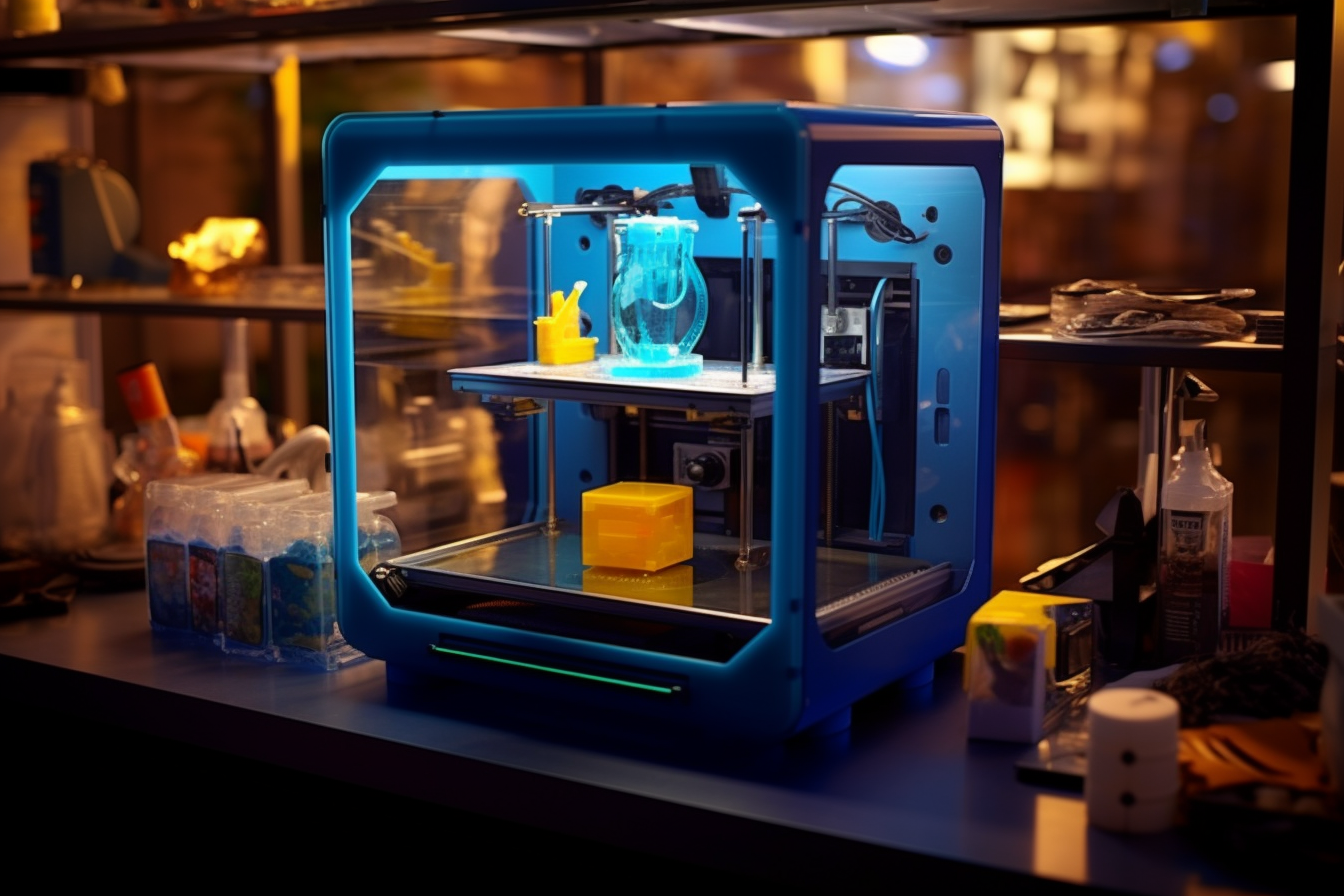
Algae Energy Can Succeed Where Other Renewable Generators Can’t
February 27, 2025 - Lou Farrell
Revolutionized is reader-supported. When you buy through links on our site, we may earn an affiliate commission. Learn more here.
When people think of renewable energy, they mostly think of solar panels and wind turbines. Some others might consider hydropower or geothermal heat pumps. However, there is a sneaky yet mighty alternative out there that could outshine everything. Algae energy, a form of biomass, is making waves by being a reliable source of green power. It even makes up for some of the shortcomings of other generators. How does it do it?
What Is Algae Energy?
Algae energy, or algae-to-fuel, is a sustainable, renewable method of energy production. It uses aquatic microorganisms to do the work. These creatures capture sunlight and transform it into power, which manifests as oil.
Experts separate the oil from the algae to turn it into commercially viable fuels for everything from cars to generators. The way professionals collect the oil is similar to how the food industry produces other types of cooking oils. This is helpful because infrastructure and knowledge already exist to take advantage of these lipids. This type of biofuel can also be made from seaweed, making seaweed fuel or oil.
It’s important to note algae energy is a type of biofuel, which is made from any organic matter, such as sugar or corn. However, not all biofuel is made from algae. This is a powerful alternative to fossil fuels and could be an ideal supplement to other types of clean energy.
Is Algae Fuel Possible for Generating Electricity?
Is algae energy as good as experts claim? Compared to other types of biofuel feedstocks, it is a potent one. It has more oil per unit of algae than rapeseed, soy, or palm by a multitude of 300.
Algae-powered equipment can take many forms, and producing it can be even more versatile. Algae panels have become a popular option, encouraging energy generation by integrating these organisms into windows. They absorb sun, regulate home temperatures, and sequester carbon dioxide. The benefits are unmatched.
Here are the methods experts use to make algae biofuels.
Open Ponds
Anyone can house microorganisms in a controlled, open body of water. Most people simply let them cultivate and produce algae naturally. These work best when the sun is hot often and temperatures are warmer. Humidity may also help.
Unfortunately, it’s not quite the sit-it-and-forget-it system people wish it could be. If the open pond is human-made with the express purpose of generating algal fuels, the monoculture could be risky. If a small fraction of the population gets sick or infected by something, then the entire body is compromised. Operators should also frequently check water metrics, such as temperature, acidity and more to ensure the microorganisms are happy and healthy.
Bioreactors
Algae-as-fuel is also an option in laboratories or facility-like environments. Experts do this with bioreactors, which work when exposed to sunlight. This environment is meant to optimize and maximize the amount of algae it can grow, whereas open ponds may be more inconsistent with generation. The level of control in these situations is what makes bioreactors so powerful, especially for commercialization and adoption.
However, it is expensive. An open pond is way cheaper and requires less maintenance, especially if there are automations and sensor-based technologies in place to monitor key metrics.
Closed Loops
Closed-loop systems are water-based systems, much like an open pond, but remain closed. They are usually in bags or containers, which are equally exposed to sunlight for optimal generation.
The closed system keeps the microorganisms safer from contamination and harmful substances. This is also easily scalable, as closed containers can be stacked and tightly contained, making the most out of any space. This seems like the best of both worlds, but it also requires continuous oversight.
How Does Algae-to-Fuel Compare to Other Renewables?
Algae should be used to expand the world’s renewable energy portfolio — not drive anything out of business. In order for the world to fully rely on clean power, generator diversity is critical. The beauty of algae of how integrable it is with other technologies.
Other biofuels, like corn- and sugarcane-based options, have received contention in the past for how much land use it would require to expand the industry. It would take unprecedented acreage, given the world’s fuel reliance. However, algae doesn’t necessarily need agricultural land, which voids this debate.
It is also faster to scale. The right bioreactor could have daily harvests. Some energies like green hydrogen might not be able to scale like this, especially when comparing costs. Algae is much cheaper than the electrolyzers, so long as you’re going closed-loop or open pond.
It might also have a leg-up on offshore wind and floating solar panels. One of the major hurdles in these sectors is creating technologies that can withstand the impacts of constant exposure to high salinity. It erodes metals and causes unnecessary maintenance. While experts are making strides, algae can grow in salty waters just as well.
They can even grow well in wastewater, which is one of the best hidden opportunities for algae fuel creation. Treatment plants could introduce algae-producing organisms into their processes. Not only do they have naturally pollution-ridding qualities that could help treat the water, they produce oils as a byproduct. This could expedite treatment plants and give them another asset for getting clean water out to as many customers as possible.
These fuels are also biodegradable, potentially creating a zero-waste fuel operation whereas most have a piece of equipment tied to it with a limited shelf life. While recycling is a possibility to reduce its waste generation at the end of its life cycle, it will likely never be zero.
Algae Panels, Fuel and More
Experts need to fully realize the power of algae. If stakeholders in the energy sector considered its potential, then it could change the game for renewable energy workers. The algae panels could be a great supplement to a solar-powered skyscraper, and algae incorporations in wastewater treatment plants could make a once wasteful jobsite nearly circular. Spreading education about it is the first step, which will lead to more research, and, hopefully, greater adoption.
Revolutionized is reader-supported. When you buy through links on our site, we may earn an affiliate commission. Learn more here.
Author
Lou Farrell
Lou Farrell, Senior Editor, is a science and technology writer at Revolutionized, specializing in technological advancements and the impacts on the environment from new developments in the industry. He loves almost nothing more than writing, and enthusiastically tackles each new challenge in this ever-changing world. If not writing, he enjoys unwinding with some casual gaming, or a good sci-fi or fantasy novel.







